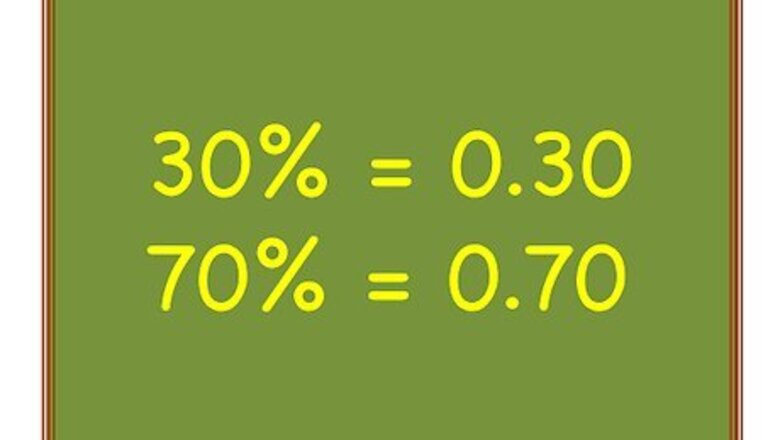
views
- You can make things easier by converting percentages into decimals or fractions before you multiply or divide them.
- Convert the percentages into a decimal by moving the decimal point 2 spaces to the left. Then, multiply and divide them like normal numbers.
- Rewrite the percentages as fractions over 100, then simplify the fractions until you can’t reduce them anymore. Then, multiply or divide the fractions.
Multiplication: Converting the Percentages to Decimal

Convert both percentages to decimal. Do this by moving the decimal point two spaces to the left, or dividing them by 100. For example, 30% and 70% would be 0.3 and 0.7 as decimals.

Multiply the decimals. The multiplication of decimals is similar to that of whole numbers, with a few differences. Remember that you do not need to line up the decimal point while you multiply, as you will be ignoring the decimal points as you do so. When you have your product, you will then count the total number of values behind the decimal point, and move the decimal point that number of places.
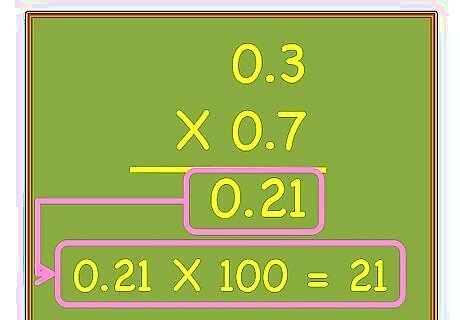
Multiply the product by 100 to get a percent. If you had 0.25 as your product, for instance, you would multiply it by 100 to get a product of 25%.
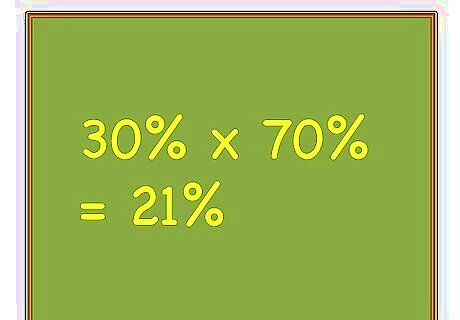
Add a percent (%) sign so others know that the number is being compared to 100.
Multiplication: Converting the Percentages to Fractions

Rewrite both percentages as fractions with a denominator of 100. For example, if you had 50% and 25%, you would rewrite them as 50/100 and 25/100. Then simplify as needed; in the given example, 50/100 would simplify to 1/2, and 25/100 would simplify to 1/4.
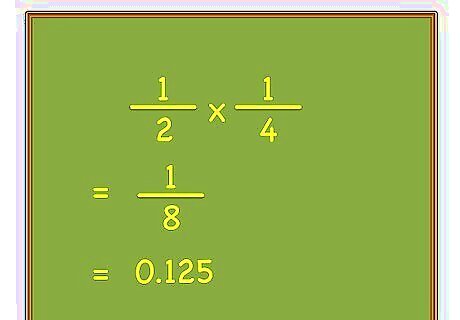
Multiply the fractions. Remember that when multiplying fractions, the denominators do not have to be the same; you will multiply the numerators and denominators. In the example above, 1/2 x 1/4 would equal 1/8, or 0.125.

Multiply your answer by 100 to get a percent, or move the decimal point two places to the right. In the example above, your percentage value would be 12.5%, since 0.125 x 100 equals 12.5%.
Dividing: Converting the Percentages to Decimal
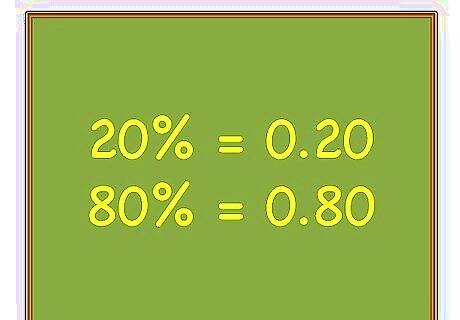
Convert both percentages to decimal. Do this by moving the decimal point two spaces to the left, or dividing them by 100. For example, 20% and 80% would be 0.2 and 0.8 as decimals.
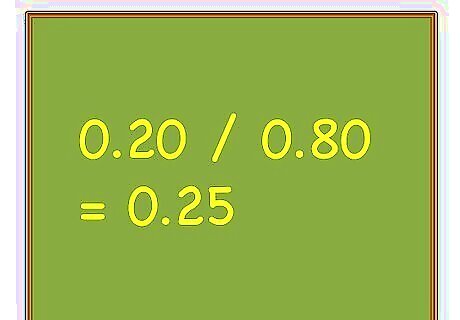
Divide the first decimal by the second one. To do this, move the decimal point the number of spaces it would take to make the number whole, then divide as usual. In the example given above, 0.2/0.8 would give you a quotient of 0.25, since 2 divided by 8 equals 0.25.
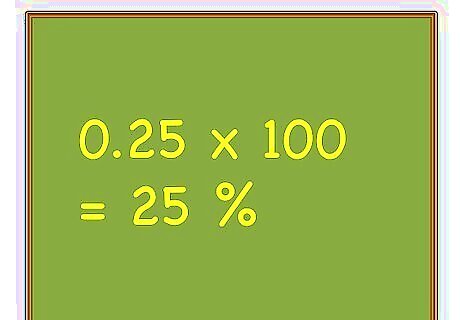
Multiply the quotient by 100 to get a percent, or move the decimal point two places to the right. Then add a percent (%) sign so others know that the number is being compared to 100.
Dividing: Converting the Percent to a Fraction

Rewrite the percentages as fractions with a denominator of 100. For instance, if you had 80%, and 25%, you would get the fractional values of 80/100 and 25/100.
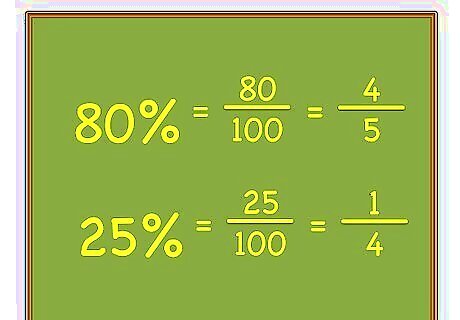
Simplify as needed. In the example given above, 80/100 would simplify to 4/5, and 25/100 would simplify to 1/4.
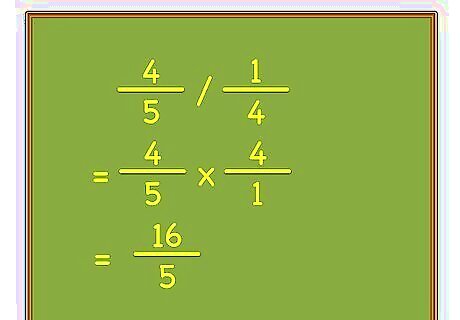
Divide the fractions. To do this, multiply the first fraction by the reciprocal of the second one (flip the second fraction over). In the example given above, you would multiply 4/5 by 4/1 (or 4) to get 16/5.

Simplify your answer if needed. If you're simplifying an improper fraction, it's best to convert it to a decimal rather than a mixed number, as converting a mixed number to percentage takes more work.
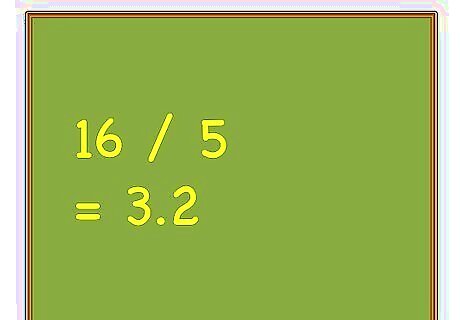
Multiply your answer by 100 to get a percent. In the example given above, you would multiply 16/5 (or 3.2) by 100 to get 320%.

Add a percent (%) sign so others know that the number is being compared to 100.

















Comments
0 comment